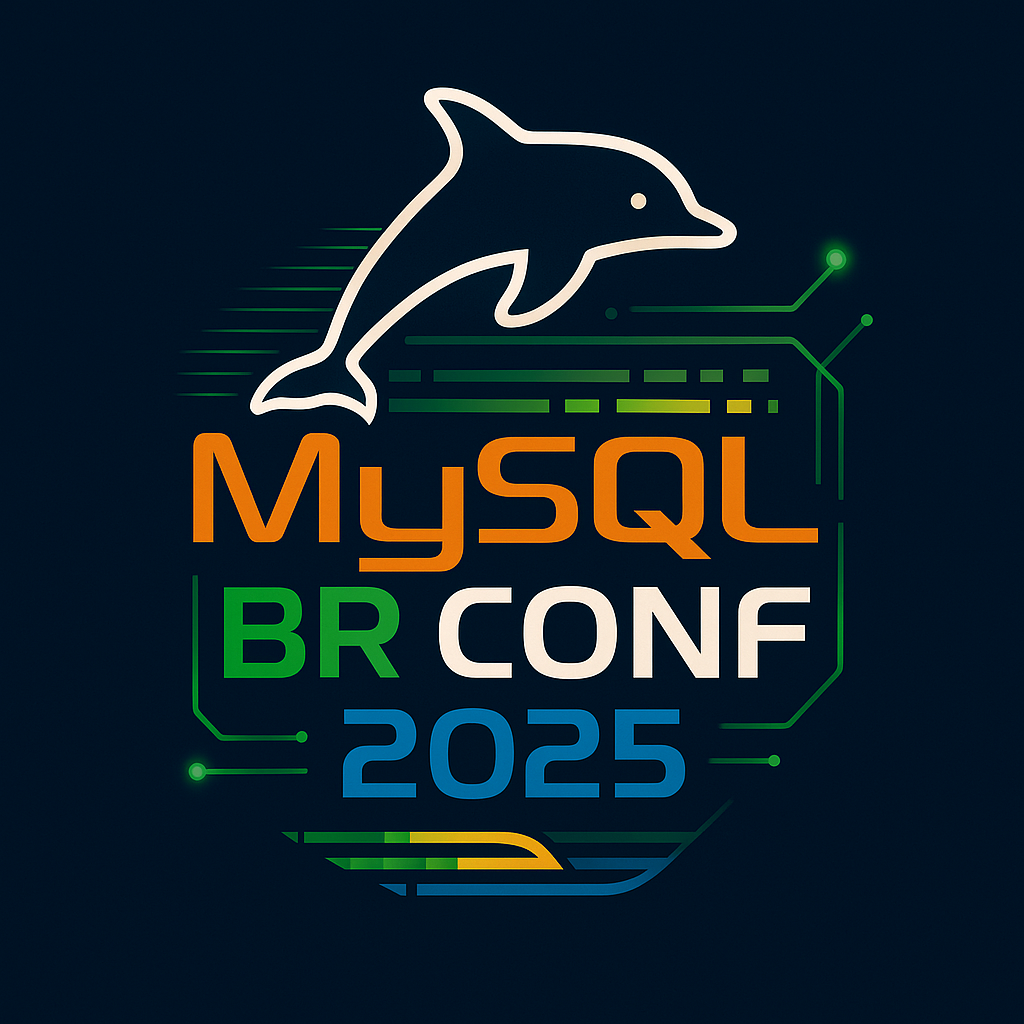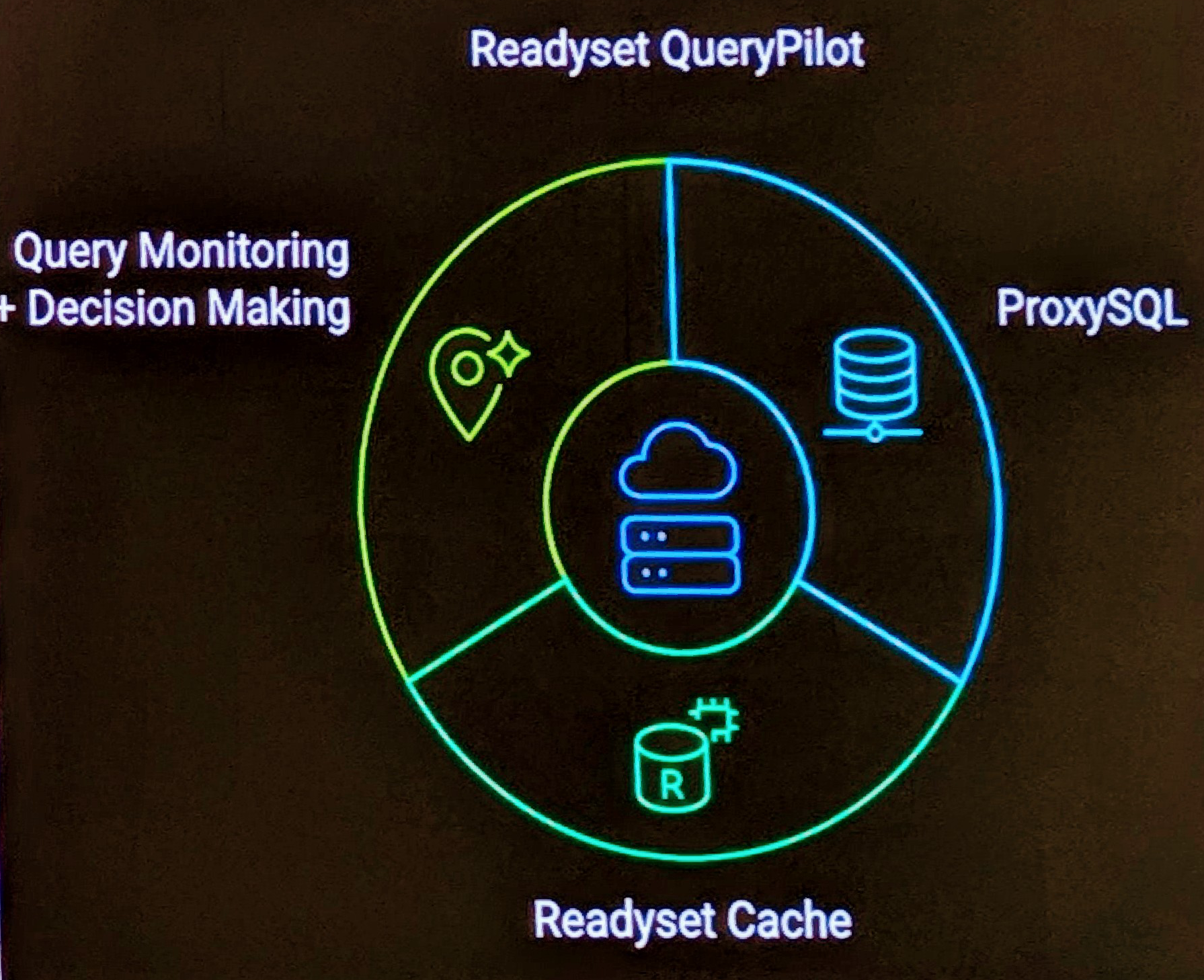I have been asked twice this week what version of MySQL I would choose for a new project.
As with most questions in life the answer is: It Depends?
In general I would now recommend for a new project to select 5.1, and he is why.
- If it’s a new project and your not managing existing applications with older versions then 5.1 is slated for General Availability (GA) at some imminent time. Having been at Release Candidate (RC) for quite some time (almost 1 year), many people, both internally and in the community are just waiting for Sun/MySQL to get this version out.
- MySQL 5.0 is in maintenance mode, it’s now 3 years old. MySQL is placing (I’m assuming) resourcing energies to current and future releases.
- If your looking at releasing a product in the next 3 months for example, you do not want to consider the testing and deployment of a new version (e.g. 5.1) in the next 6-9 months.
- Unless your comparing specific performance between 5.1 and 5.0 in your edge cases, for a new project start with 5.1 you should be testing and confirming performance and reliability here. The worse case is you can test in 5.0 of any specific problem.
- 5.1 gives you new features of course, partitioning may be of benefit but don’t assume it’s going to be a great improvement unless you applications SQL naturally tended to the MySQL partitioning strengths.
- The single biggest benefit is the Pluggable Storage Engine Architecture. This can give you some benefits, and in the case of transaction storage engines that are production ready, Innodb now has a pluggable version, much improved on the MySQL supplied version. There are a long list of other engines under development with relative strengths and weakness, however be wary of versions that require customized builds of MySQL.
There are some concerns where I don’t have answers? For example, if you have MySQL Support , is 5.1 supported? I know a common answer to problems in pre 5.0 versions is, have you tried upgrading to 5.1
Why is not released? This is good question, the answer is obviously a level of quality, however it is generally discussed that 5.1 is of better quality in existing features then 5.0. It is 5.1 specific features you need to be careful of. It’s important that you do read carefully the 5.1 Release Notes to see where bug fixes or compatibility changes are still occuring.
As with any choice in the Open Source world, some level of risk assessment is necessary. If you have good metrics and measurement in place for your system, and you adequately test your software, there is no reason not to now consider 5.1 as a viable alternative for new development.
As I post this I note, I see the yet unreleased 5.1.28 list of bugs still shows issues of concern.


